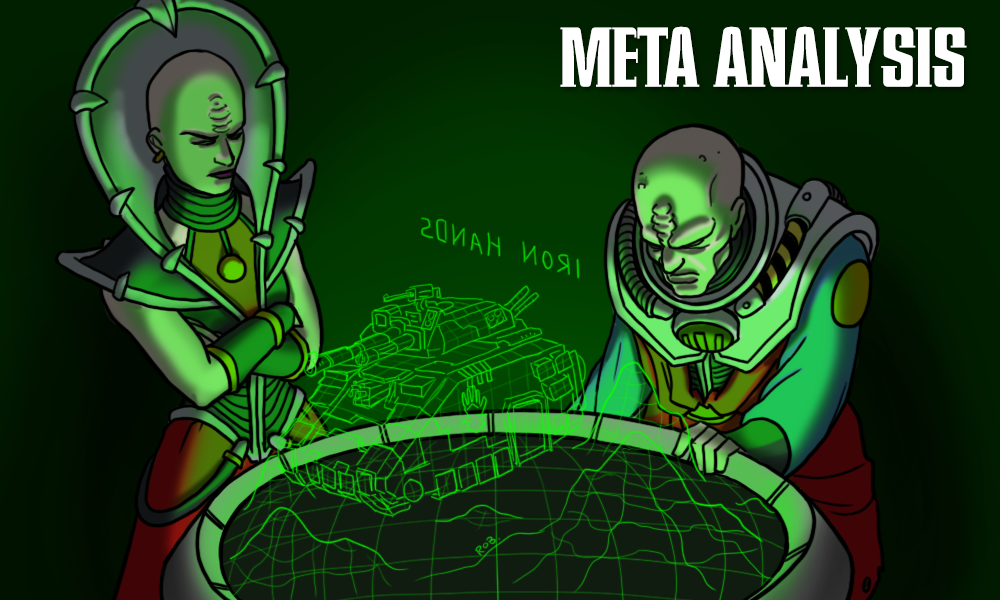The end of the year is fast approaching, always a great time for reflection, and we’re also approaching the six month mark for Warhammer 40K 10th Edition. I’ve now played (and enjoyed) a tonne of games, and have 20+ editions of Competitive Innovations under my belt, meaning I’ve had time to form plenty of opinions about it to boot.
With another Balance Dataslate/points update presumably on the horizon (and a quiet week for CI, though you will still get a small dose of event writeups tomorrow) I thought it would be a great time to talk about which aspects of the newest Edition of our favourite game I’m really loving, and which bits I think could do with a bit of improvement. As I’ll talk about more further in, the studio have shown they’re willing to make fairly big changes in service of improving the experience of players around the world, so where should they turn their attention next? I’m sure plenty of readers have thoughts on this (please do share them in the comments) – and here are mine.
Things I Love
It’s Still Warhammer 40K
10th Edition represented a considerably bigger design departure from its predecessor than 9th did, and there were periods during the runup where I was worried it wouldn’t feel “right” any more. Those fears have been firmly put to bed, and 10th Edition is definitely a new version of the game I love. I’ve been having a wonderful time at tournaments, I’ve had some fantastic, knife-edge games, and I can’t really imagine wanting to put 9th Edition back on the table.
Leaders
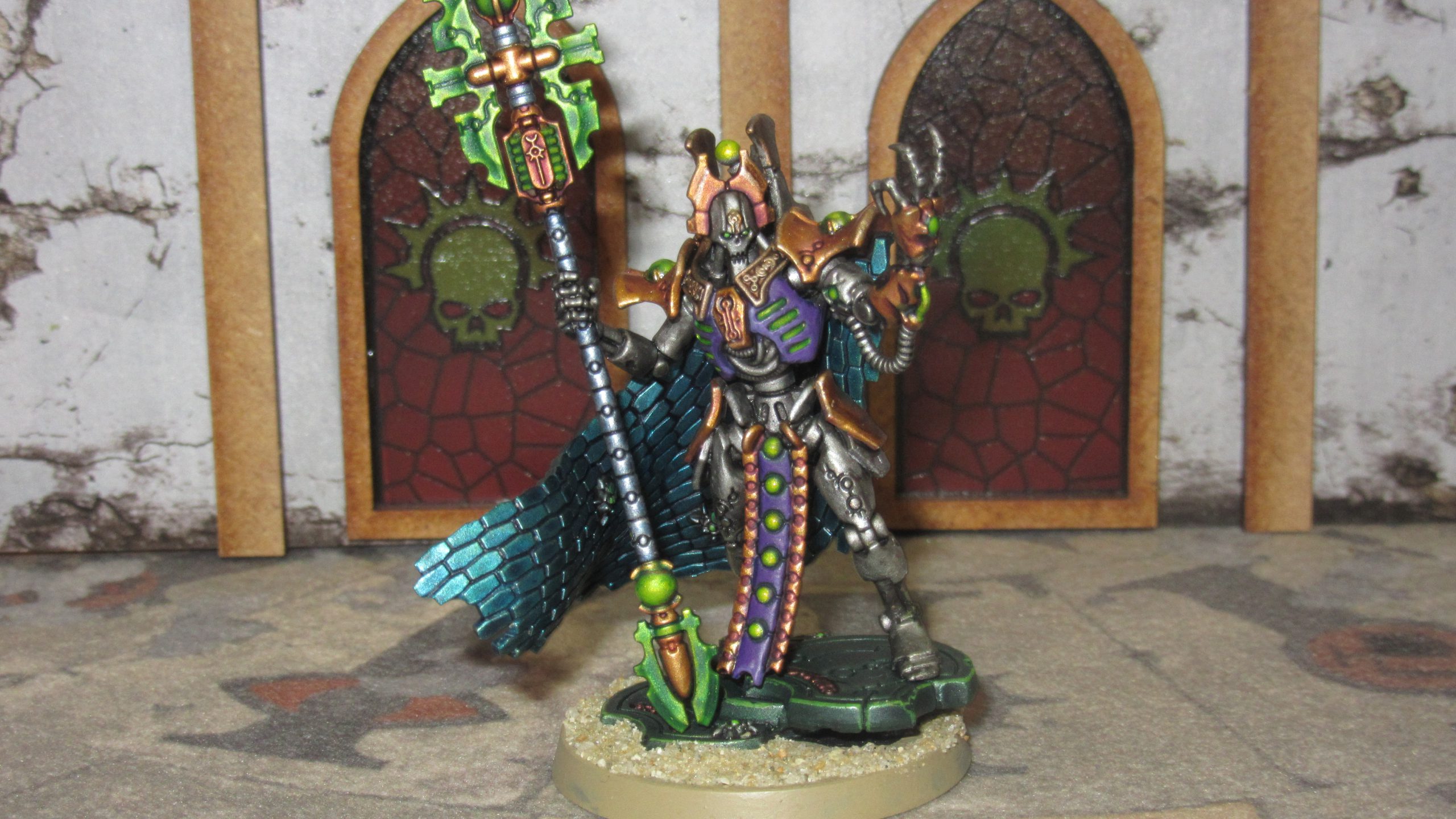
Putting Characters back in squads feels like it’s been a complete triumph, and it’s one of my favourite things about the Edition. Quite genuinely, I struggle to imagine going back to how things were before.
The Leader mechanic does a whole host of healthy things for the balance and complexity management of the game, and feels like it succeeds where CORE failed in 9th Edition. By moving the majority of what used to be buff Auras to Leader effects, you cap how many things can be stacked on a unit, and can also precision-tailor which buffs can go where to a much greater extent than CORE allowed. Depressingly often, the trick to succeeding in 9th was to identify the most pushed unit with CORE, then pack your list with them and buffs to enhance them, which tended to be fairly miserable to play against, and then left GW with only the balance lever of taking CORE away from units, which sucked for players of the army. Leaders reduce the amount of stacking you can pull off and let fixes be applied in a much more tailored and sandboxed manner when they’re needed.
As well as reigning in the extremes of what you can achieve with buffs, Leaders also move a bunch of depth and complexity that used to happen via overlapping effects on the tabletop to list building, and that’s a very good thing. 40K would suck if there was no complexity or depth to it, but moving a tranche of this depth to list building is great for making the game more approachable. You can play with all the intricate options for how you augment your units to your heart’s content, but your opponent only has to worry about the outcomes, which are generally pretty simple to understand.

I do still think there’s a few places where there’s room for improvement, naturally. I think there are a few places where the balance of effects has ended up not quite right, killing a lot of the depth via a clearly superior option, and in a few other places the absence of Leaders to fit certain slots hurts the game a bit. A good example of this is the Adeptus Mechanicus codex – the Skitarii detachment feels like it’s desperately missing a Leader that can slot into Sicarians to complete the picture, as some of the available upgrades are just not going to be worth it on Vanguard or Rangers. This feels like the desire to be more strict about limiting players to using box-worths of units and only sticking Leaders with units that “make sense” running up against what’s good for gameplay, and a solution needs to be found. Realistically, I think GW need to have a step where they go through the finished books, identify any units where the lack of a Leader is glaring, and then add a points upgrade option to turn the Sergeant into a Character with a few stat buffs.
Those Ruststalker Alphas need to get on their grindset and become Ruststalker Sigmas.
I hate everything about that sentence.
Also, if you do this and the Marine players demand Centurions get the option, you can simply refuse. It’s still fine to do that.
New Codex Model

This is something I was much less worried about going into the Edition, as it sounded great on paper and it’s been great in practice. Splitting rules out into detachments helps shunt a healthy amount of complexity to list building, reduces the risk of over-the-top combos and makes competitive play more approachable. Thus far, the books we’ve seen have also done a good job of incentivising a healthy variety of different strategies to boot.
Once again, that’s not to say there’s no work needed. The internal balance of the Marine and Necron books feels a little off, as does the external balance of the Tyranid and Adeptus Mechanicus books, both of which slightly struggle with killing stuff hard enough to really thrive. One of the other advantages of the new model is that it’s much easier for GW to slot new detachments or datasheets (or even re-writes of the latter?) into existing books without worrying about the knock-on effects, and I hope that they use this option so that factions with slightly wonky early Codexes aren’t stuck in a rut for the whole edition.
Design Team Engagement

The balance of 10th had a bit of a rough landing, but the response from Games Workshop has been extremely solid. Things aren’t perfect yet, but the Q3 Balance Dataslate was pretty definitively the best balance patch the game has ever had, and showed a willingness from the studio to make big changes when they were right for the game. Do I think all of these changes were perfect? No, and in fact I’m going to suggest some changes to at least one of them, but the level of engagement we’ve seen in really trying to get things right is as good as we’ve ever had.
It’s also given us an extremely credible metagame since the Dataslate landed – yes Aeldari and Chaos Space Marines are too good, but not so far out there that other armies can’t challenge them, and the huge diversity of undefeated lists that we’re seeing in every Competitive Innovations reflects that.This is helped by the precise dynamic of how the top two factions interact – Aeldari are better into the field as a whole but Chaos Space Marines are favoured into Aeldari, which means that players aiming for trophies can’t just always pick Aeldari and expect to get away with it.
That encourages iteration, faction swapping and innovation, and also throws some curveballs like the recent rise of the Stormraven as a serious option, as it happens to play pretty well into dominant versions of the top two armies. All good stuff, and I really think we have a window for the winter balance update to take an already good metagame and make it one of the best we’ve ever had, which is an astonishingly good place to be only six months into an Edition.
Tactical Objectives
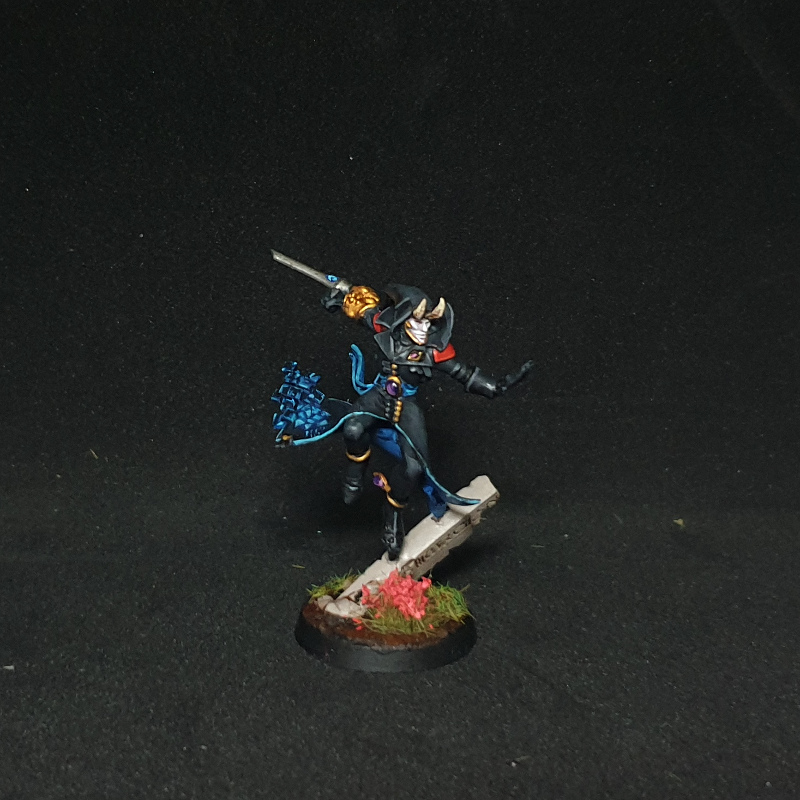
The Secondary side of the mission pack is good, featuring one of the better card-based sets we’ve ever seen, plus an actual meaningful choice on whether to go Fixed.
I think Deploy Teleport Homers is making it a little too easy to “solve” Fixed Secondaries for some armies, but it’s taken a while for players to really nail that, and hopefully we’ll see some tweaks in the near future to address this. I do also think with the CP economy of 10th, cycling a card could either be free once per game, or be available as often as you want – 1CP is enough of a real cost that I don’t think you need both a price and a once-per-game limitation.
Honourable Mention – Naming Army Lists
Look, this is a silly thing, just for me really, but I look at a lot of army lists, and the fact that the GW app embeds the name players give their force into the output has been an unexpected and consistent source of joy for me. Enterprising players have embraced the ability to decorate their army lists with puns, in-jokes, bragging, laments regarding Wraithguard, mild jabs at rivals, all sorts of stuff, and I reliably get a laugh or two out of them every week. Do I occasonally have to make a call on whether an especially spicy one can actually stay in the final article? Sure. Did we have to add filtering to stop particularly devious players injecting YouTube videos into our articles? Yes. Nonetheless, I wouldn’t change this for the world – here’s to small joys.
Changes I Want to See
Battle-shock
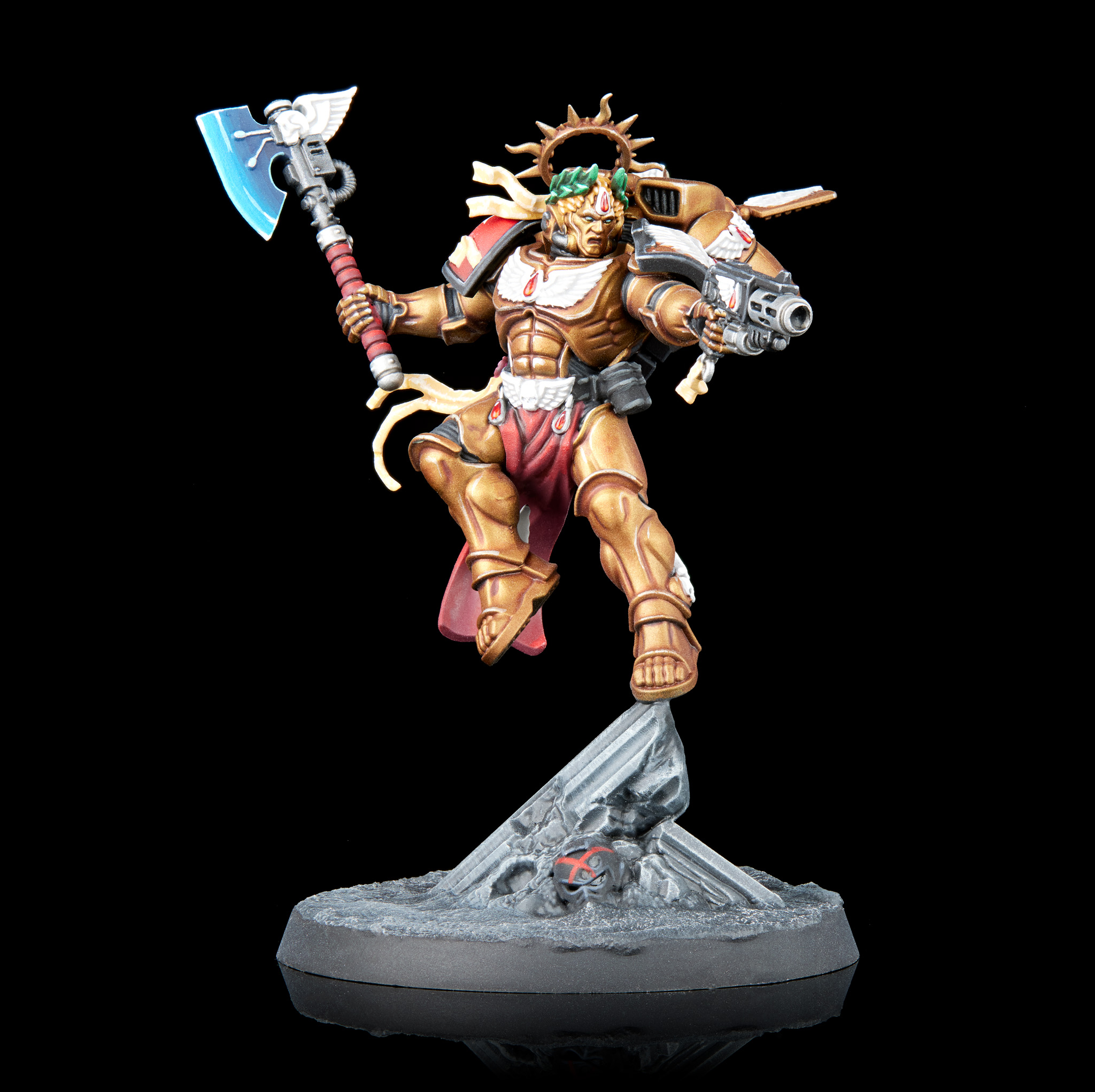
So I need to preface this that I think Battle-shock is extremely close to being a good mechanic – it can be very impactful if it triggers at the right time, and armies that can manipulate it get some good value from it, especially after the changes to Insane Bravery. The two things that I think are holding it back from being great are:
- It’s not impactful enough when you apply it to the opponent during your turn. Because units come out of Battle-shock prior to objective scoring, shocking your opponents stuff in your turn matters far less than it feels like it should.
- It’s too difficult to be below Half-strength. Because the condition is “less than” and not “less than or equal”, units spend a very limited amount of time in the space where they have to take tests, and two-model units are outright immune to ever having to test naturally.
Both of these feel like they have pretty easy fixes. For the first one, I’d like the rules on who has to take Battle-shock tests in the Command Phase updated to include any unit that started the turn Battle-shocked. That way, applying shock to your opponent’s stuff is much more likely to really matter, and helps make some abilities very scary.
For half-strength, this should just start counting units that are at exactly half strength as well. This significantly increases the changes of 10-model units and 4W Characters ever having to take it, and also means those 2-model units can’t just ignore a whole swathe of rules. It also has the knock on of making rules that care about the opponent being below Half-Strength way better, where currently a lot of them are deeply anemic.
Free Stratagems
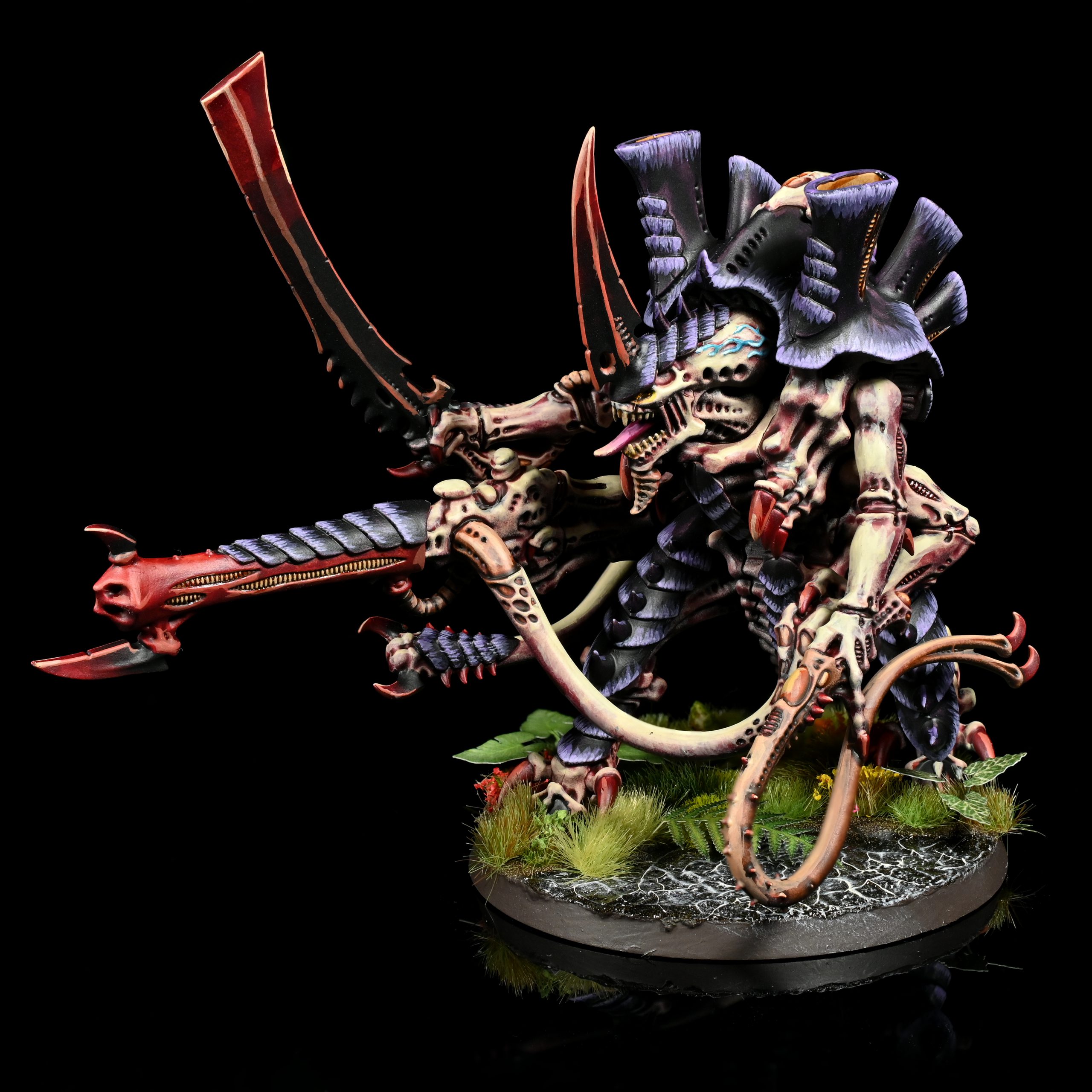
The Balance Dataslate rule that limited free Stratagems to Battle Tactics only needs a complete re-think, because if it isn’t sorted out soon we’re going to have some edition-long problems. The new Necron and AdMech books were extremely clearly not written with this change in mind, including some detachments that have exactly zero Battle Tactics. Books written after the change could take account of it, but if they do then the early books are forever going to feel like the have-nots of the equation. This feels particularly acute for Tyranids, where being able to distribute free Stratagems onto Monsters was clearly meant to be a thing, and is now largely irrelevant.
In terms of the “good” side of this, I’d honestly just change it so that these effects reduce the cost of Stratagems by one. Particularly now that 10-model Custodes units are gone, that doesn’t feel too egregious. Alternatively, change them to all be once-per-game, not just the Grey Knights one. They’re probably worth it for armies that want to plan around 2CP Stratagems at that point, but are no longer wildly better than any alternatives.
How to handle effects that increase the cost of Stratagems is a bit trickier, and I’m going to be honest and say that I don’t think these are particularly healthy for the game full stop. The CP economy is way more restricted in this edition, and upping the cost of a Stratagem by 1CP can quite often take it out of the game entirely, which just isn’t that fun. This effect existing on the Callidus Assassin is also a big problem, because when this is good then it’s going to be in a solid 50% of all lists, which sucks.

The challenge here is that I suspect the reason that the Battle Tactic route was chosen was to avoid errata-ing lots of Datasheets, which generally seems to be a lever of last resort. Here, I think the issue is big enough that the studio should bite the bullet. There’s a whole bunch of “clever” changes I could propose, but realistically these should probably just increase the cost of the next usage of the target stratagem by 1CP, and call it a day there. Simple, still impactful, not busted.
Primary Objectives & Gambits
I’ve lumped these together because they’re both technically part of the Primary, but one is clearly working better than the other. Primary scoring is OK as it currently stands, but it could be better. For my money, Take and Hold, Scorched Earth, Vital Ground and Purge the Foe are pretty good missions and a perfectly fine part of a tournament pack. The problem is, the drop off from there is steep. The Ritual and Priority Targets are not horrendous, but heavily favour the player going first or second respectively (particularly paired with Hidden Supplies for Priority Targets, which is awful), and the remaining three all have sufficient potential to cause blowouts on mission alone that I don’t like including them in packs at all.
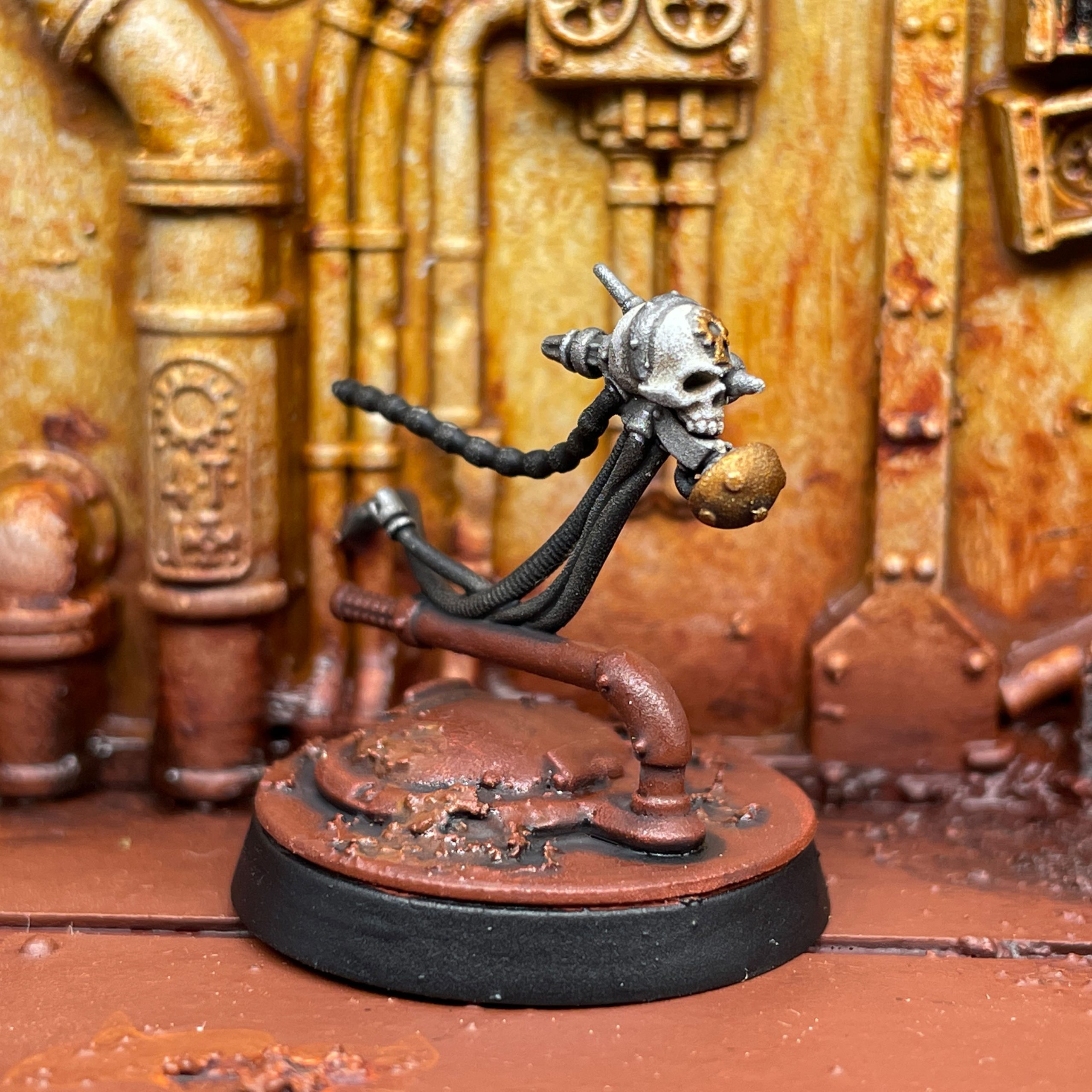
That leaves a workable set to build a good pack from, just about, but it’s pretty samey and I’d definitely like to see some improvements to Servo Skulls, Supply Drop and Sites of Power to improve their balance. Supply Drop is the easy one, I think – just make it so that it’s always the centre objective that stays till the end of the battle, and it’s fine. Servo Skulls is always going to be a logistical nightmare, but is probably less busted if you either prevent the skulls from moving in the first Battle Round or make it so players can only move them at the end of their own turn. You might need to tweak the scoring up to compensate, and that’s fine. Sites of Power is the one I’m least sure how to handle, because the key selling point of rewarding Characters is kind of the problem – some armies really struggle to build a list that’s effective in this mission without massively reducing their capabilities more generally. I suspect you need to get a bit weird with it, and also give 3VP for killing an enemy Character in range of a Site of Power as one of the scoring conditions, which will add a bit of risk/reward. I’ll re-emphasise that I don’t think Primary scoring is terrible, and as you can see I don’t think the tweaks needed to make it much better are huge, but it would certainly be nice to be able to use the full suite of missions (and this feeds into my next topic too).
Gambits, on the other hand, need a complete overhaul.I don’t think anyone is going to pretend that these have worked – they may as well not exist in 95% of games, and only one of the ones that’s available is even close to worth a punt.
I like the concept of a late game scoring pivot, but the execution here hasn’t landed, and needs a re-think in the next mission pack. My personal preference would be for gambits to be replaced by being dealt some cards from a deck of “super secondaries” worth 10VP each, with challenging conditions like “hold the opponent’s home objective at the end of the game”, but crucially things you can actually target rather than chance-driven mechanics.This is probably something for the next “full” release of a mission pack rather than digital updates, and it is at least good that the current status quo of these functionally not existing doesn’t actually do any harm.
The LTC Needs a Shakeup
At this point, unless there’s a major change to the Leviathan Tournament Companion, I’m going to be running the next UK Goonhammer Open with custom mission combinations rather than the recommended ones. The skew in the pack towards the “boring” missions can make things a bit samey if you draw entirely from it, the more interesting primary missions are often tied to less desirable deployment zones, and I don’t think enough of the cards get a look in – there’s at least a few more I think you could safely use.
Part of this stems from the issues with some of the Primary missions, and the existing pack would obviously be easier to use were I not essentially discounting six of the fifteen options, but even with fixes to Primaries I’d like to see broader use of the cards. Priority Targets and Take and Hold don’t need three entries each, and you could definitely take those slots and hand them to (probably) Purge the Foe and Vital Ground. I’d also like to see a few more of the mission rules used – Sweep and Clear and Supply Lines feel safe to use and I’m not sure why they aren’t.
How Do You Solve a Problem Like Aeldari
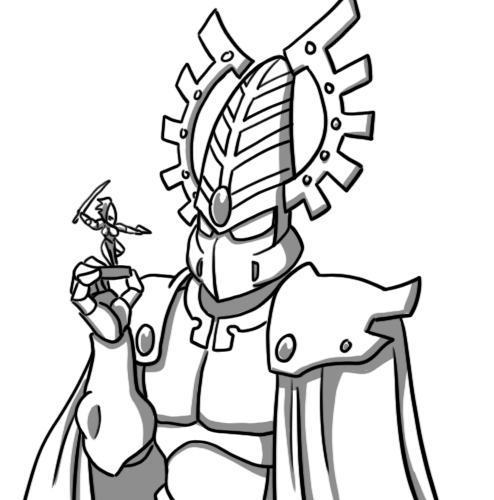
One of the things I like about the new Codexes is that they haven’t immediately warped the metagame around them, as often occurred in 9th. Part of that is just that they feel better written – they feel far more “mature” within the Edition than early books in 9th did. However, an unavoidable part of that is that two of the Indexes have such wildly over-the-top mechanics backed into their core that it’s tricky for a new book to challenge them without going back to the ways of 9th Edition.
One of these (Chaos Space Marines) is shortly being replaced by a full Codex, so probably aren’t worth putting major efforts into revising,, but Aeldari haven’t even appeared on the roadmap yet, so look set to continue to flex their muscles for the forseeable future. Points changes can help here, sure, but so much power is baked into their detachment rule and a few Stratagems that there’s a limit on what that can achieve, or if it succeeds it’ll be by nerfing the army entirely out of existence, which isn’t fun either. Also, on current trend from the other books, I’d guess we’ll see a few of Chaos Space Marines top stratagems toned down a bit in their Codex, and as discussed earlier they’re playing an important role in regulating the power of Aeldari in the current metagame.
Bold proposal – just put out an entirely new detachment. Battle Host? That was a 6-month psychological experiment that has now concluded. Thank you for your participation. Push the new one for free on WarCom, keep the same datasheets (except for Support Weapons, cause c’mon man), and you’re only invalidating a few cards out of the massive Index pack people purchased, and the game will be better for it. That’ll also free up the space to actually (*whispers*) boost some of the units that are lagging like Howling Banshees and Shining Spears.
Wrap Up
As you can probably tell from the general tone of the article, while there are things I want to see improved in 10th Edition I’m generally very happy with how things are currently looking, and extremely excited to see what next year holds. Hopefully we’ll get some precision tweaks in the near future to keep 10th’s healthy momentum going, and I can’t wait to see what happens on the tabletop as more and more Codexes are unleashed.
